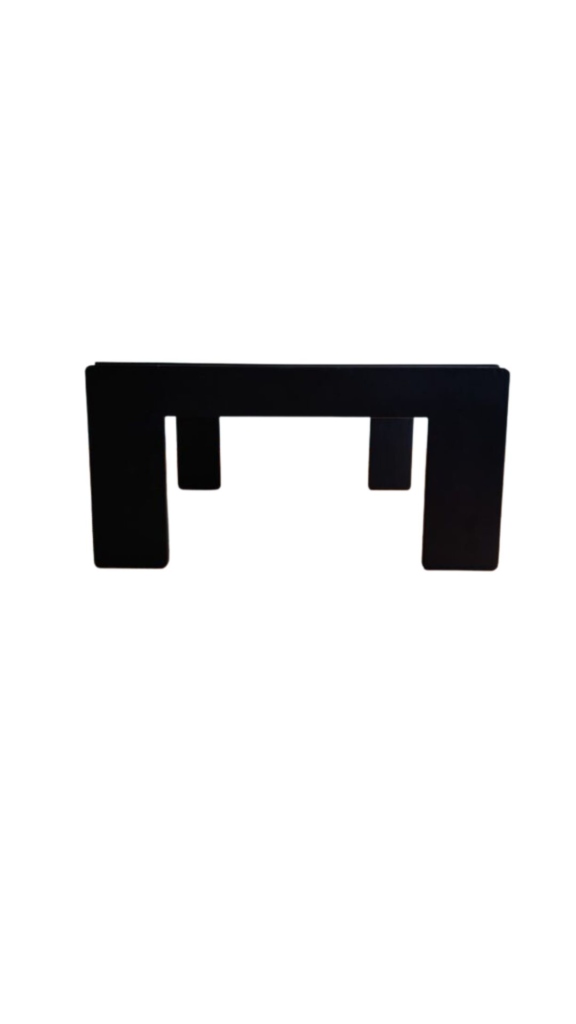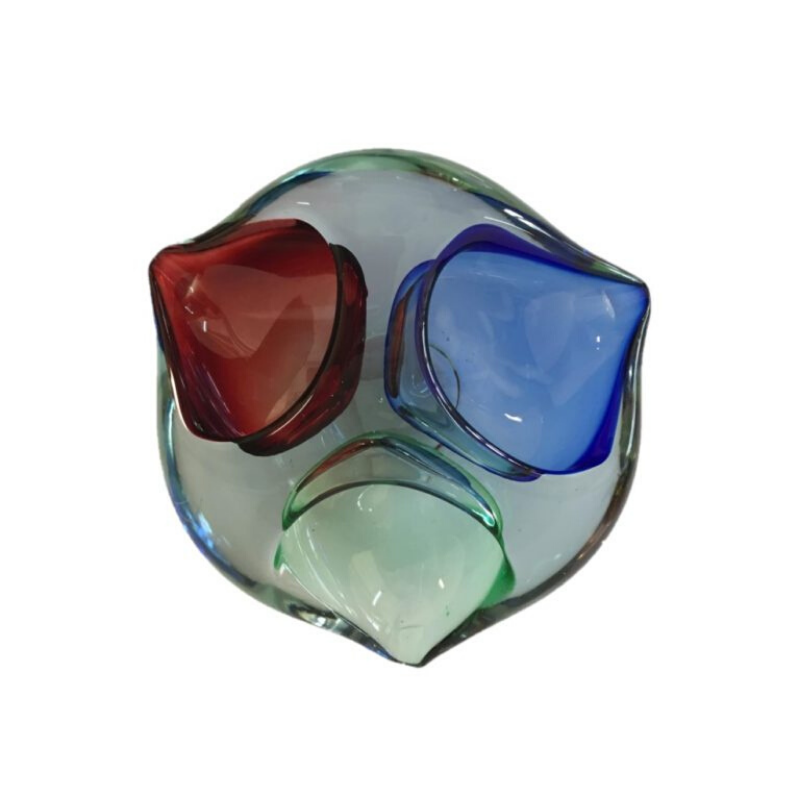Interesting exercise in bentwood. Notionally it would cost you $70,000 to buy so you'd have to be a pretty committed cycist - maybe Lance could buy one for riding round the prison yard
http://www.bikeradar.com/news/article/the-70000-wooden-bicycle-35571/
Wooden Bicycles
Wooden bicycles (and bicycles in general) fascinate me. Renovo is my favorite thus far, as they are not only stunningly beautiful, but structurally sound. That Thonet, although beautiful as a design object, does not appear to be engineered with function in mind.
http://youtu.be/TBC7NEJwZ5U
We have reached
the stage where the word "model" is as likely to mean "digital model" as "physical model." Nowhere in what we read about this bentwood bicycle is it mentioned that the prototype shown is in fact a digital rendering.
I raise this point because the bend at the rear of the frame -- where the wheel attaches -- is decidedly not an achievable steam bend. The only way that tight radius could be achieved is with the infused-ammonia technique -- not a method ever used by Thonet.
Indeed, the use of steam-bent wood is an anachronism. The Scandinavian-led refinement of bending technique -- namely, the use of bent laminations -- is the modern replacement for the surprisingly primitive steam-bending method. Thus, this bicycle-frame project gets off on the wrong foot by aligning itself with Thonet -- as I see it. And, apparently, this ill-conceived project was made possible by the use of a presentation technique which is capable of "lying" at a convincing level. Is this the "new reality" ?
...ah 3d modellings a boon an...
...ah 3d modellings a boon and a curse, so often I think its easy to mistake the model for reality when you do it too much (I dropped a cloths peg a while ago hanging a out laundry and mentally tried to 'undo' the action) and there is always a suprise, usually unpleasant, when it comes to really making the thing. But reading the article it seems it has been made...
Anyway, I think the bend might be do able with compwood but never having used it I'm not sure if the compression technique they use weakens the wood too much for that sort of application. Lamination probably would be preferable, a flexible UF adhesive in a 10mm thick lamination that I used to use could take amazing weight.
From what I know its a pretty...
From what I know its a pretty high end European product, just can't get it here other than buying through resellers and dealing with customs control, they like to fumigate occasionally and thats an added expense. The technology for doing it (a whacking great big hydraulic press by the looks of it) is procured through a leasing arrangement, hopefully one day someone with a lot more money than me will get one in the Southern hemisphere, there must be one in the US by now?
I suppose if you could find out how they plasticize the lignin (?) it might be possible to do it yourself.
?
http://ir.library.oregonstate.edu/xmlui/bitstream/handle/1957/1174/FPL_1...
I believe it was the
Forest Products Laboratory which eventually experimented with ammonia. It was capable of temporarily softening the lignin, making it possible to tie a stick of wood into a knot. I know of this because of patent work that my dad's employer did on the process. I still don't know if licenses for manufacture were the result of that work -- and I wonder if there are any commercial applications in use today.
If you need any help, please contact us at – info@designaddict.com









